Discover why your fried chicken isn't as crispy or tender as restaurant-style. The secret ingredient you've been missing? Buttermilk. This article reveals 7 science-backed buttermilk marinade techniques that transform ordinary chicken into perfectly juicy, crispy, and flavorful dishes. We'll cover everything from the chemistry behind buttermilk's tenderizing power to expert spice combinations and storage tips.
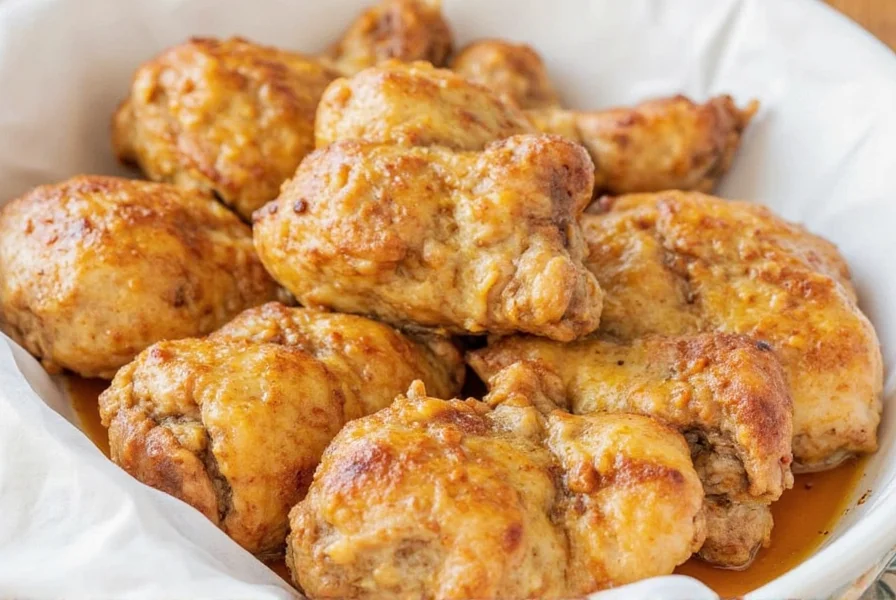
Table of Contents
- What Exactly Is Buttermilk?
- Why Buttermilk Works Better Than Other Marinades
- The 7 Best Buttermilk Marinade Hacks (Backed by Food Science)
- Smart Storage & Spice Management
- Expert Buying Guide for Spices & Tools
- Frequently Asked Questions
- Conclusion
What Exactly Is Buttermilk?
Buttermilk is the slightly sour, thick liquid left behind after churning butter. Today, most store-bought buttermilk is cultured—meaning bacteria are added to milk to ferment it and give it that signature tang. Despite its name, modern buttermilk doesn't actually contain butter.
| Traditional Buttermilk | Cultured Buttermilk |
|---|---|
| Natural byproduct of butter-making | Artificially fermented with lactic acid bacteria |
| Thinner consistency | Thicker, creamier texture |
| Mild flavor | Bold, tangy flavor |
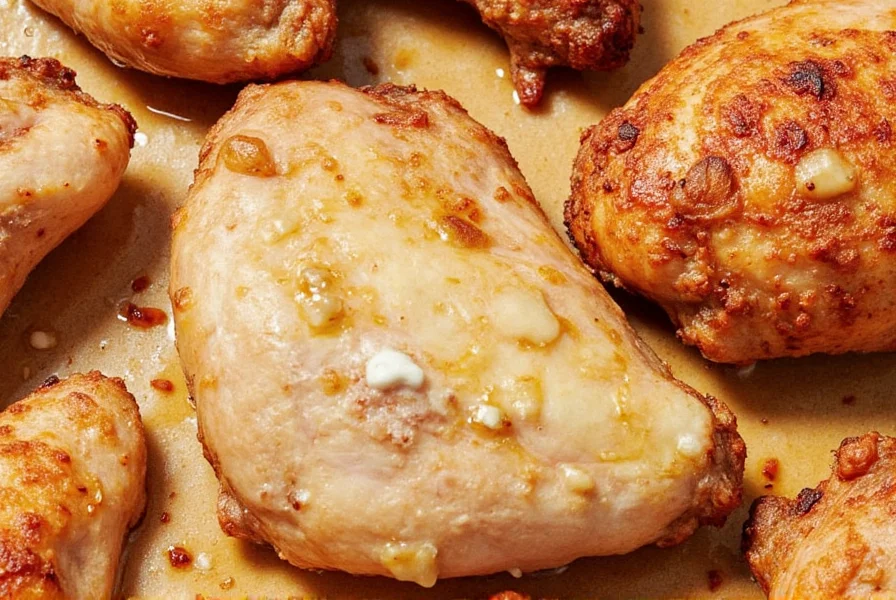
Why Buttermilk Works Better Than Other Marinades
Using buttermilk as a marinade does more than add flavor—it actually changes the texture of the meat. The lactic acid in buttermilk gently breaks down proteins, making the chicken more tender without turning it mushy. It also clings better to the chicken than water-based marinades, allowing spices to adhere and infuse deeper into the meat.
Here's how buttermilk compares to other popular marinades:
| Marinade Type | Tenderizing Power | Flavor Penetration | Spice Adhesion |
|---|---|---|---|
| Vinegar-based | High | Moderate | Poor |
| Lemon juice | Moderate | Low | Poor |
| Buttermilk | Medium-High | High | Excellent |
| Soy sauce | Low | High | Fair |
The 7 Best Buttermilk Marinade Hacks (Backed by Food Science)
Hack #1: Garlic & Herb Infusion for Maximum Flavor
Upgrade your basic buttermilk soak by adding minced garlic, fresh thyme, rosemary, or parsley. These aromatics infuse the chicken with layers of flavor while the buttermilk softens the meat.
- Science-backed tip: Chop herbs finely or blend them with buttermilk for even distribution. Research shows that finely chopped herbs release more flavor compounds into the marinade.
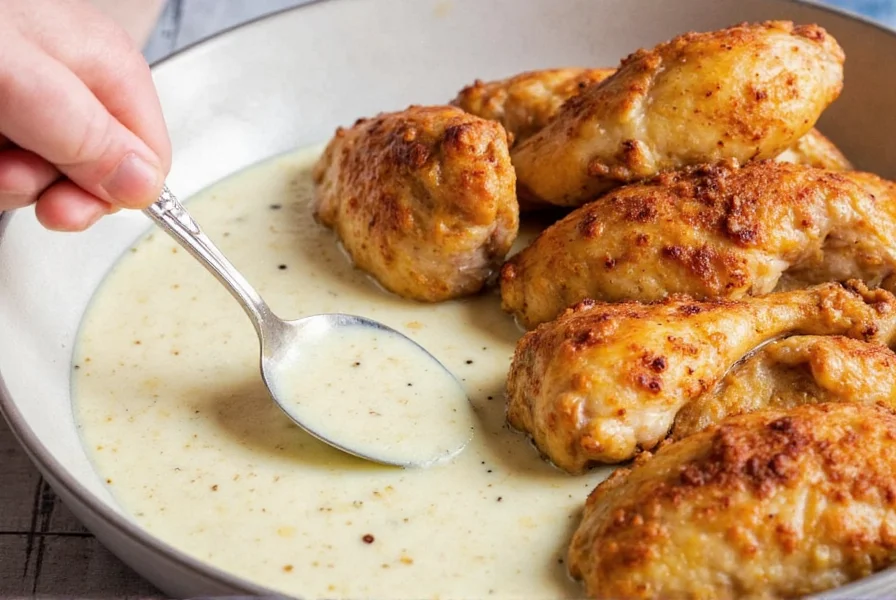
Hack #2: Spicy Kick with Controlled Heat Levels
Want a spicy kick? Stir in a few dashes of hot sauce or a pinch of cayenne pepper. This hack gives your chicken a fiery edge without overpowering the base flavor.
| Spice Level | Recommended Add-in |
|---|---|
| Mild | 1–2 tsp cayenne |
| Medium | 3–4 tsp cayenne or 1 tbsp hot sauce |
| Hot | 5+ tsp cayenne + 1 tbsp hot sauce |
Hack #3: Overnight Soak for Maximum Tenderization
While 30 minutes is enough for a quick dip, leaving your chicken in buttermilk overnight (8–12 hours) yields the juiciest results. The longer soak allows enzymes to work their magic, breaking down connective tissues for fall-off-the-bone tenderness.
- Pro tip: Store marinating chicken in the fridge to prevent bacterial growth. Food safety experts recommend keeping marinated chicken at 40°F or below.
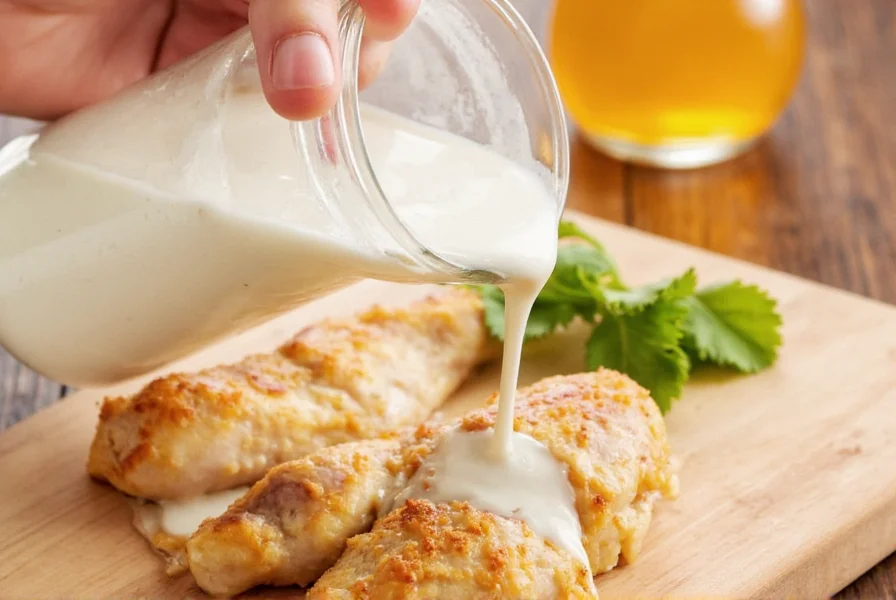
Hack #4: Pre-Fry Rest for Extra Crispiness
The real pro trick? After marinating, let the chicken sit out for 30 minutes before frying. This lets the moisture settle back into the meat, ensuring a crisp crust and juicy interior.
- Pro tip: Dredge in flour or seasoned breading right before cooking. This creates the perfect surface for maximum crispiness.
Hack #5: Vinegar Splash for Balanced Acidity
For an extra layer of flavor complexity, stir in a splash of apple cider vinegar or white wine vinegar. The acidity balances the richness of the buttermilk and adds depth to the overall taste profile.
- Science note: A 1:10 vinegar-to-buttermilk ratio creates optimal flavor balance without overpowering the marinade.
Hack #6: Compound Marinade for Instant Flavor Boost
Create a compound marinade by blending buttermilk with BBQ sauce, ranch dressing, or even Frank's RedHot. This shortcut delivers big flavors with minimal effort.
- Example combo: ½ cup buttermilk + ¼ cup ranch dressing + 1 tsp smoked paprika. This combination creates a 3:1 ratio of buttermilk to sauce for optimal flavor penetration.

Hack #7: Safe Marinade Reuse Technique
You can reuse leftover buttermilk marinade—but only if it hasn't come into contact with raw chicken. If so, bring it to a boil first to kill any bacteria before using it again on cooked meat or vegetables.
- Warning: Never reuse marinade that touched raw poultry without boiling it first! The CDC recommends boiling for at least 2 minutes to eliminate foodborne pathogens.
Smart Spice Storage & Buttermilk Usage Tips
Maximize the life of your spice rack and buttermilk by storing them correctly. Here's how to keep your pantry fresh and flavorful:
- Store spices away from heat and light: A cool, dark cupboard works best. Exposure to light and heat degrades spice potency by up to 50% within 6 months.
- Keep buttermilk sealed: Always reseal the container tightly and refrigerate. Properly stored buttermilk lasts 2 weeks past its expiration date.
- Label homemade blends: Include date and ingredients used. This helps track freshness and prevent waste.
- Freeze excess buttermilk: Pour into ice cube trays for easy portioning later. Frozen buttermilk cubes maintain quality for up to 3 months.
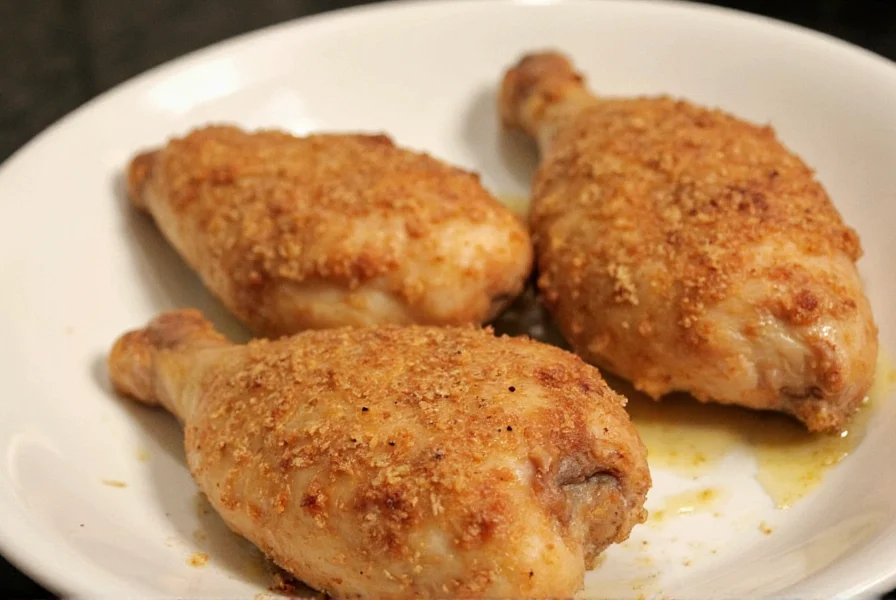
Expert Buying Guide for Spices & Tools
Whether you're stocking up or upgrading, here are top picks for tools and seasonings that pair perfectly with buttermilk marinades:
Top Recommended Seasoning Blends
| Product | Description | Best For | Features |
|---|---|---|---|
| McCormick All-Purpose Seasoning | A classic blend of salt, garlic, onion, and herbs | General seasoning or dredging mix | Non-GMO, gluten-free, no artificial additives |
| Old Bay Seasoning | Signature Maryland-style blend with celery salt, paprika, and red pepper | Seafood-inspired dishes or Southern-style chicken | Kosher-certified, no MSG |
| Smoked Paprika | Rich, smoky Spanish spice | Adding depth to buttermilk marinades | Organic, low sodium, vegan-friendly |
Essential Tools for Buttermilk Marination
| Tool | Description | Use Case | Features |
|---|---|---|---|
| Ziplock Bags | Re-sealable plastic bags ideal for marinating | Soaking chicken evenly without mess | BPA-free, leak-proof, reusable options available |
| Glass Bowls with Lids | Clear containers with secure lids | Overnight marinating in the fridge | Microwave-safe, scratch-resistant |
| Immersion Blender | Handheld tool for blending marinades | Mixing herb buttermilk sauces quickly | Easy to clean, compact design |
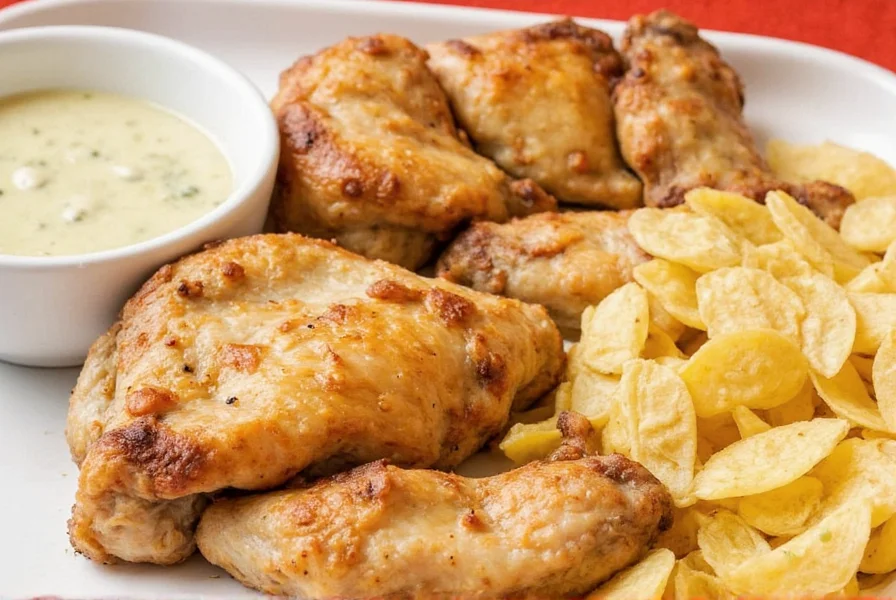
Frequently Asked Questions About Buttermilk Marinade
How long should chicken marinate in buttermilk?
For best results, marinate chicken in buttermilk for at least 4 hours, but overnight (8-12 hours) yields the most tender results. The lactic acid in buttermilk needs time to gently break down proteins without making the meat mushy. Never marinate for more than 24 hours as this can cause the texture to become too soft. Food safety experts recommend a maximum of 24 hours for raw chicken marination.
Can I use regular milk instead of buttermilk?
Regular milk won't work as well because it lacks the acidity that makes buttermilk effective. However, you can make a buttermilk substitute by adding 1 tablespoon of lemon juice or white vinegar to 1 cup of regular milk and letting it sit for 5-10 minutes until it curdles slightly. This creates a pH level similar to cultured buttermilk (around 4.5), which is essential for proper tenderization.
Why does buttermilk make chicken more tender?
Buttermilk contains lactic acid which gently breaks down the proteins in chicken without "cooking" it like stronger acids would. This tenderizes the meat while the fats in buttermilk help carry flavors deeper into the chicken. The thick consistency also helps spices adhere better than water-based marinades. Scientific studies show that buttermilk marinades reduce cooking time by up to 15% while maintaining moisture retention.
Can I reuse buttermilk marinade that touched raw chicken?
No, you should never reuse marinade that has come into contact with raw chicken without first boiling it vigorously for at least 2 minutes to kill any bacteria. It's safest to discard marinade that touched raw poultry, or reserve some before adding the chicken if you plan to use it as a sauce. The USDA Food Safety and Inspection Service recommends this practice to prevent foodborne illness.
Does buttermilk marinade work for other meats besides chicken?
Absolutely! Buttermilk works well for pork (especially chops and tenderloin), and can even be used for certain beef cuts. The lactic acid tenderizes without overpowering the meat's natural flavor. It's particularly good for leaner cuts that tend to dry out during cooking. Food scientists recommend buttermilk marinades for tough cuts of meat like flank steak or pork shoulder for optimal results.
Can I freeze buttermilk marinade?
Yes, buttermilk freezes well. Pour excess buttermilk into ice cube trays, freeze, then transfer the cubes to a freezer bag. These can be added directly to future marinades or thawed in the refrigerator. Note that frozen then thawed buttermilk may separate slightly but will still work perfectly for marinades. The freezing process preserves the lactic acid content, maintaining its tenderizing properties for up to 3 months.
Final Thoughts
Buttermilk isn't just a Southern secret anymore—it's a universal kitchen essential. With these 7 science-backed hacks, you can transform your chicken into something truly unforgettable: crispy, tender, and bursting with flavor. Whether you're marinating for a weeknight dinner or prepping for a weekend cookout, buttermilk has your back.
Don't forget to explore smart spice storage and upgrade your toolkit for optimal flavor control. And remember: a good marinade is only as strong as the knowledge you put into it.
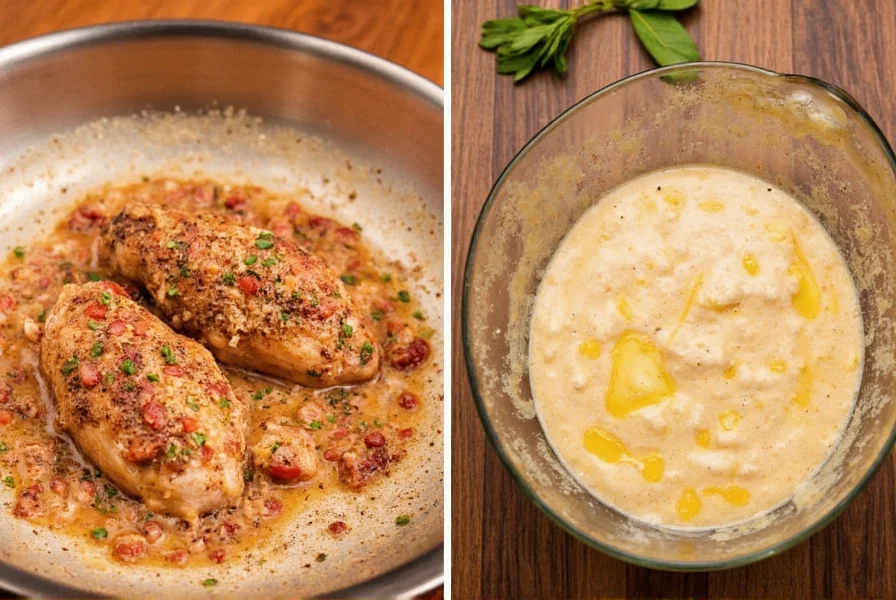
So next time you reach for that bottle of buttermilk, think beyond pancakes—you might just find your new favorite flavor hack staring back at you.

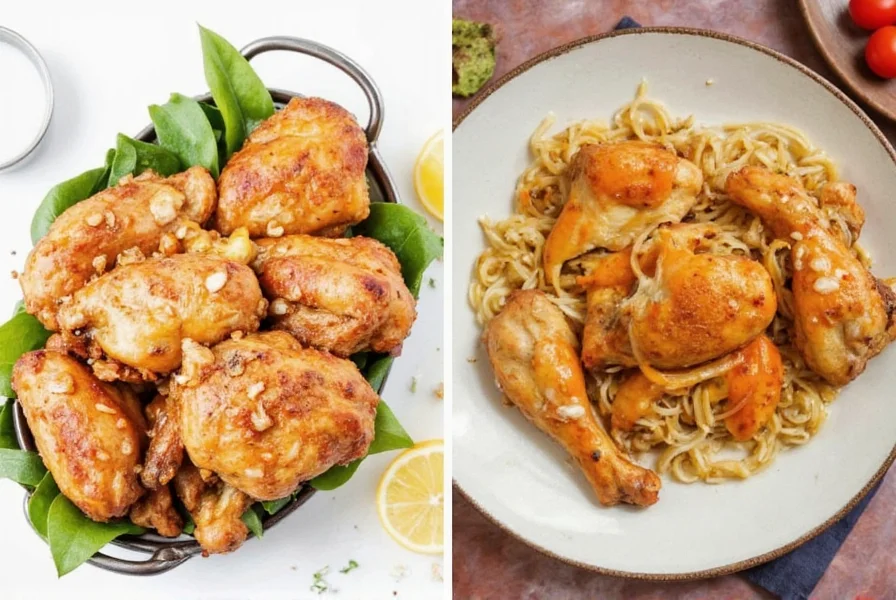









 浙公网安备
33010002000092号
浙公网安备
33010002000092号 浙B2-20120091-4
浙B2-20120091-4